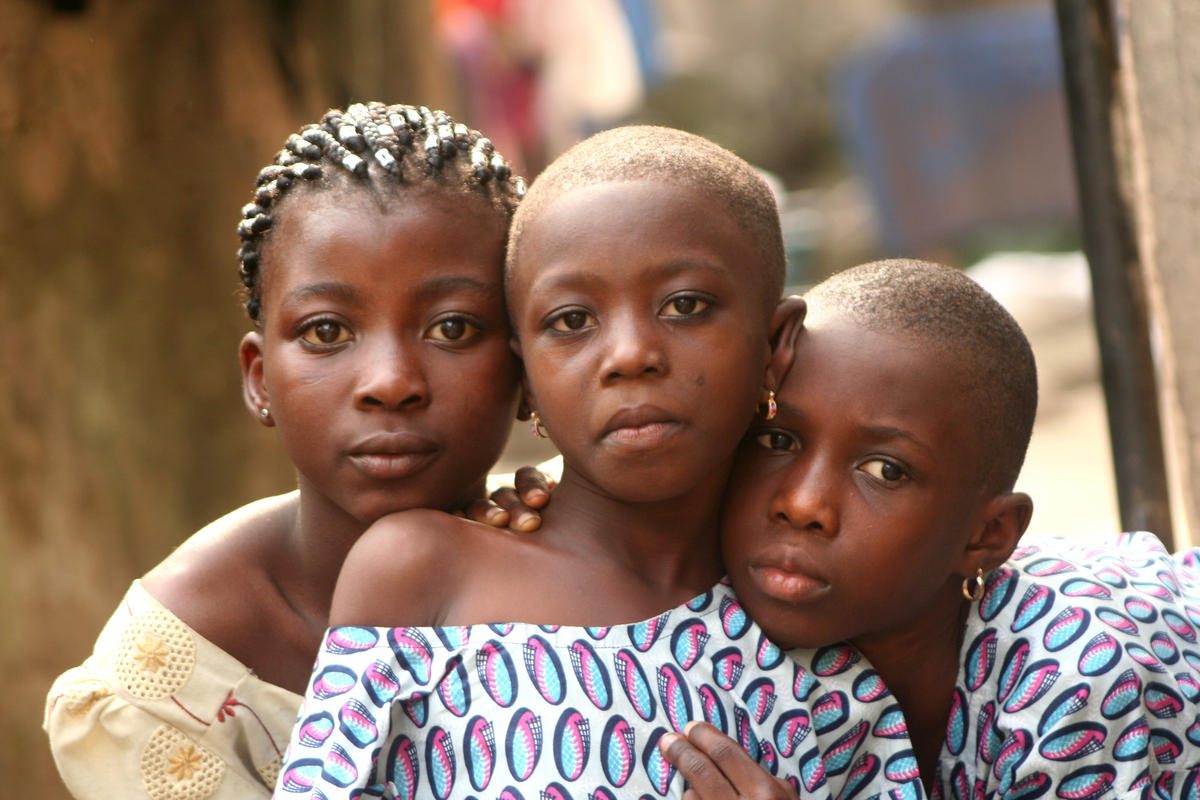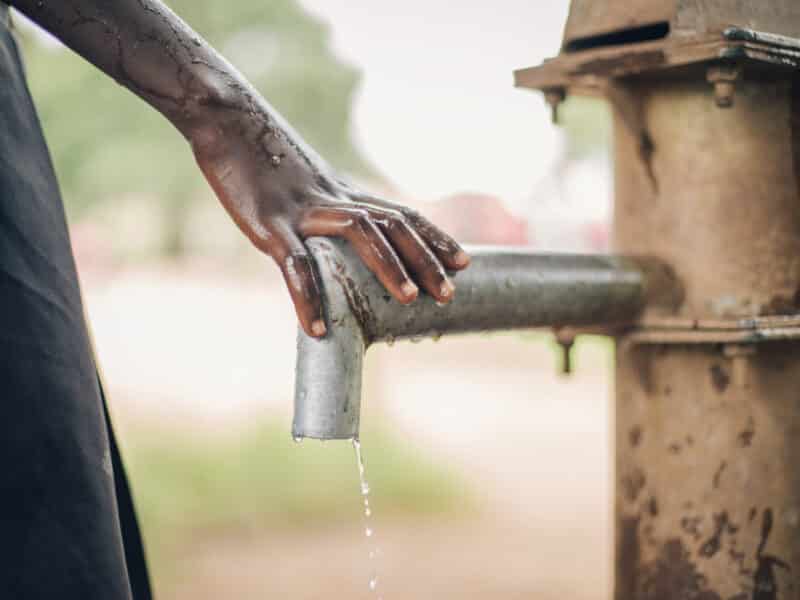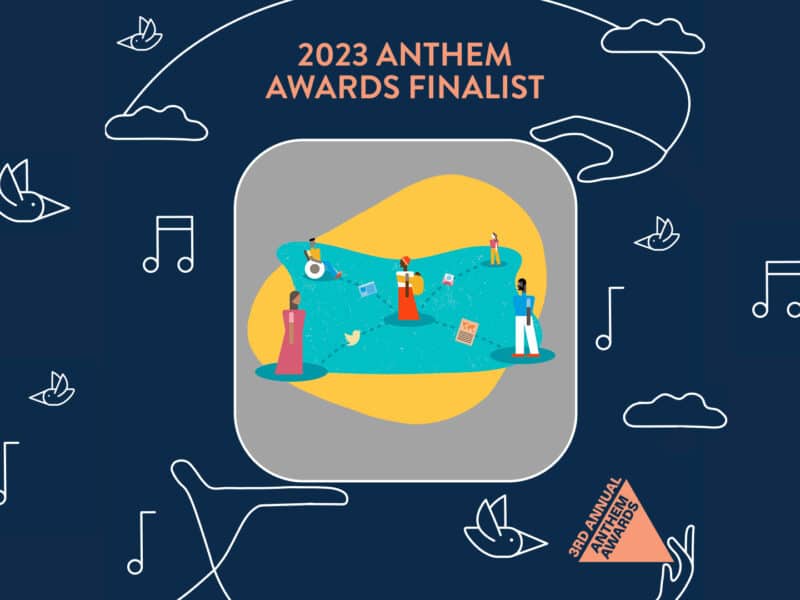The Demographic and Health Surveys (DHS) – which contain interviews with thousands of people ages 15 to 49 – provide powerful statistics about adolescent marriage and childbearing, information that has led to big changes in a number of countries.
DHS collects vast data troves approximately every five years in surveys conducted in 90 countries. The surveys include questions about everything from infant death to nutrition to HIV knowledge. But that data is only useful if people can understand what it means – and turn the numbers into action.
The Johns Hopkins Center for Communication Programs works on the DHS not to collect data but to help stakeholders and decision-makers use the information gathered to make choices that help improve people’s lives in their countries.
“We want program managers and policymakers to use the DHS to help make decisions in resource-constrained environments,” says CCP’s Erica Nybro, senior advisor for communication at DHS. “The DHS provides national estimates, but the data are also disaggregated by age, education level, wealth, region and more to help people pinpoint exactly what the problems are – and how to prioritize interventions.”
In the area of child marriage and early pregnancy, Nybro says, the world has seen a slow but positive trend, with more girls delaying pregnancy and marriage in many of the countries surveyed. But there is still much progress to be made, which is where the DHS data come in.
“We have seen some really encouraging movement in policies and programs to reduce child marriage in recent years,” Nybro says.
In Ghana, for example, the 2017 Ghana Maternal Health Survey showed that 14 percent of girls 15 to 19 nationally and 17 percent in some regions had already given birth or were pregnant. Because early marriage and childbearing are associated with lower levels of education and poorer health outcomes, this is a key area for intervention, Nybro says.
After seeing the troubling data, the “Youth4Change Project” was launched this year in a rural northern Ghana district to provide young people with the needed information and skills to help them make informed decisions to avoid unintended pregnancy. While the Ghanaian constitution prohibits child marriage, officials in the region say that the limited sexual and reproductive health knowledge and a lack of girls’ empowerment leave girls vulnerable.
In Pakistan, the 2017-18 DHS found, 29 percent of girls are married by the age of 18 as compared to five percent of boys. More than 13 percent of girls ages 15 to 19 are married and 13 percent gave birth by age 18.
A government official in Khyber Pakhtunkhwa, a province on the border with Afghanistan said during a June event that they were working on a drafting a law to make it illegal to marry before the age of 18, according to a local news report. A Muslim cleric at the same event said that Islam does not support child marriage.
In India, programs are underway to address the high rate of adolescent childbearing in the northern state of Uttar Pradesh, which DHS data found is home to one in 10 teenage births in the nation.
In Nigeria, three girls started an online petition to close a loophole in the law that allows for child marriage. They cited a report that relies heavily on DHS data that shows that 17 percent of girls age 20 to 24 in Nigeria had been married by age 15 and 43 percent had been married by age 18.
These are just a few examples of how countries use DHS data to inform policy and how citizens can use it to push for change.
The DHS Program, led by the global consulting and digital services provider ICF, has collected important health data through more than 300 surveys in more than 90 countries since 1984. CCP has been part of DHS for 15 years and leads efforts in communication and dissemination of survey results.
Communicating the results is key to the success of DHS. CCP’s work helps ensure that the data is widely used by working with the local implementing agency to host national seminars, writing key findings reports, fact sheets and press releases, and training journalists on how to use the data to tell stories about the health of their country. The communication team also works with officials to help them determine which pieces of data may best align with the health goals of their nation.
“The survey data is only useful if people understand how to use it,” Nybro says. “Otherwise, the results would sit on a shelf and gather dust. We want people to make the most of the data we collect and improve health in their communities.”





